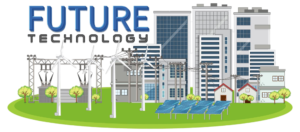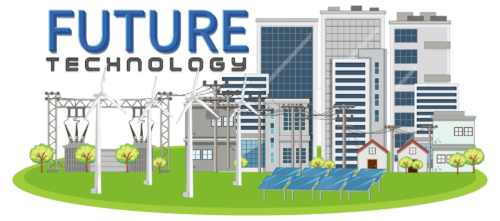How Electric Companies Create & Generate Electricity
Power plants generate electricity that uses a turbine to drive electricity generators. A bunch of blades on a rotor shaft result in moving the Turbine. Here we are finding How Electric Companies Create & Generate Electricity. It is driven by moving fluid, such as water, steam, combustion gases, or air. This Forces fluid on the blades to spin the rotor shaft of a generator, and that converts mechanical energy into electrical energy. Steam turbines generate electricity using geothermal, fossil fuels, nuclear, or solar thermal energy
Flipping a switch at my house the room fills with light. But have you ever stopped and thought where the source of energy begins ? It’s very easy to just accept how electricity travels before it reaches our wall outlets. Generating electricity is pretty involved, to say the least. There are several steps using different energy sources to produce the power that lights our homes and powers our devices.

At the center of electricity generation is the turbine. It’s a device that controls kinetic energy from moving fluids as in water, steam, or gases – and changes it into mechanical energy. Fluids pass over turbine blades and they cause it to spin. Attached to the turbine is a generator, and as the shaft of the turbine rotates, so does the rotor inside the generator. A magnetic field is created making electrical current in coils of wire, thus generating electricity.
Multiple Types of Energy
Multiple types of energy feed into turbines. For example, geothermal energy gives off heat from the earth, while fossil fuels such as coal and natural gas are burned to create steam. Nuclear power plants start reactions that produce immense heat to generate steam as well. Lastly, solar thermal systems use heat from the sun to create steam or hot air. Each source has its own way of moving the turbine’s blades, where the transformation from raw energy into electricity we use begins.
It’s important to see not only the mechanical side, but the environmental and economic implications of each energy source. This understanding is key to the basic grasp of how electric companies produce and supply electricity. Now let’s explore the mechanics behind power plants in the next section. This will introduce us to the Root of electricity production: The Steam Turbine.
Harnessing the Elements: The Mechanics Behind Power Plants

Step inside a power plant, and you’ll find steam turbines are the neglected heroes of electricity production. Energy is transformed from a variety of sources. It may be from the heat deep within the earth or the ancient remains of forests and marine life, into the power that charges your phone and keeps the lights on.
Pressurized steam or fluids are derived from these energy sources. The pressurized steam propels the blades of a turbine. This triggers a series of events within the rotor shaft connected to a generator. As the blades rotate, they turn the shaft, which in turn spins the generator’s magnets, and voilà, you’ve converted kinetic energy into electricity.
But it’s not all about simply creating power. It’s about doing it responsibly. Electric companies must consider the environmental footprint of the different energy sources. Fossil fuels, for instance, are abundant but contribute to carbon emissions. On the other hand, geothermal and solar thermal energies offer cleaner solutions. However, they come with their own set of challenges, such as location limitations and setup costs.
Thankfully, technological advancements have set the way for huge improvements in power generation efficiency. New methods in turbine and generator design, along with the additional smart grid technologies, help in producing electricity more effectively. However, it reduces waste as well. Advanced materials now allow turbines to operate at higher temperatures. This makes the energy conversion process more productive and less costly in the long term. Our society’s hunger for electricity grows, so too does the New energy generation move into cleaner, more sustainable territories. With each improvement, electric companies are setting the scene for a future where energy is not only abundant but also kinder for our planet.
Electric Companies and Sustainable Futures
A growing trend towards sustainability in electricity generation is on the way, and it is gaining momentum. Electric companies are at the forefront of this transformation, and their shift to renewable resources is not just commendable — it’s essential. The world demands cleaner energy, and these companies respond with innovative green solutions. Solar panels, wind farms, and hydroelectric stations are becoming more visible in the landscape, signaling a change.
Government policies play a big role here. They can encourage or mandate changes in the industry, promoting environmental sustainability and consumer benefits. Incentives for renewable energy investments, stringent regulations on emissions, and support for research and development are some ways governments shape a greener future.
But what can we do ? By choosing electricity plans linked to renewable sources or by investing in energy-efficient appliances makes a difference. Some electric companies offer rebates for such choices, which benefits both my wallet and the planet.
In the end, the drive for sustainable electricity generation is not just about how companies create and generate electricity; it’s about meeting our needs without compromising the ability of future generations to meet theirs. It’s a collective effort, involving companies, governments, and you and me. Let’s not underestimate our power to change the world, one kilowatt-hour at a time.
Trust the best! Explore top-rated solar panels recommended by experts.

